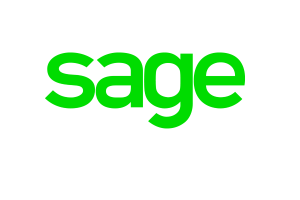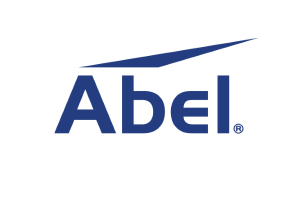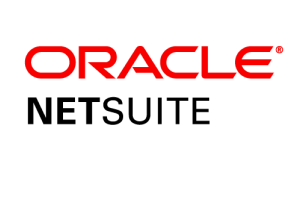ERP and Financial Systems Pavilion
.
Welcome to the ERP pavilion. Below you will find most of the leading ERP vendors and/or their implementation partners in Australia. Click on any vendors of interest to see a showcase of their relevant local case studies, thought leadership articles, recent news stories, and product and industry insights. Use the advanced search facility in the menu bar to search for relevant content across the industries and solution types that you are researching. You can compare vendors across industries, reference sites and features in the Buyers Guide. Also check the iStart events diary for local industry events. All vendors showcased have local representation and actively support clients in Australia, and so will be glad to assist with your enquiries.
If you are wishing to compare solutions from different vendors then take a look at the ERP Buyer’s Guide.
SOLUTION PROVIDER DIRECTORY:
Posts by exhibitor:
.
ERP OVERVIEW
An ERP (enterprise resource planning) solution is an integrated information system that serves all departments within an enterprise. ERP systems evolved out of the manufacturing industry, but are now widely used across many other kinds of businesses.
ERP implies the use of modules of packaged software rather than proprietary software written by or for one customer, and typically an ERP system is integrated with a relational database system.
ERP modules may be able to interface with an organisation’s own software with varying degrees of effort, and, depending on the software, ERP modules may be alterable via the vendor’s proprietary tools as well as proprietary or standard programming languages.
An ERP system can include software for manufacturing, order entry, accounts receivable and payable, general ledger, purchasing, warehousing, transport and human resources.
All of the major ERP solutions may be accessed via web browsers and the internet has also allowed ERP systems to extend out of the financials applications of organisations and along the supply chain, to interact with suppliers for demand planning for example, or to improve customer service by allowing customers to track the progress of orders.
Implementing an ERP system can involve considerable business process analysis, employee retraining, and new work procedures, but the benefits can be very significant.
ERP packages with their native connectivity between modules, are becoming an increasingly attractive way of harmonising the information flow across an organisation. Developments such as EDI (Electronic Data Interchange) or message broking software and standards such as XML are allowing large companies with ERP systems to integrate information handling throughout their departments. At the same time flexibility in pricing and hosting options are also allowing smaller organisations to be able to afford ERP solutions.
.
NEWS | ANALYSIS | RESEARCH

eBook: Digital transformation in manufacturing
This ebook outlines what’s needed to define your growth strategy and the role digital technology plays in achieving your objectives…

eBook: A manufacturer’s guide to growing profitably
Download the eBook now to get your business on the right growth path…

Dimension Data’s top IT trends in 2018
Ettienne Reinecke, Chief Technology Officer, and Scott Gibson, Group Executive, Digital Practice, share their thoughts on the forces that will re-shape digital business in 2018…

Digital transformation is dead
Long live digital transformation…

Business owners: ERP software selection starts (and finishes) with you
Rushing into an RFP process wastes everyone’s time…

The robot accountants have arrived, and they mean you no harm
Ask not what you can do for the robots – ask instead what they can do for you, contends BlackLine’s Ann Furlong…

Whitepaper: How to successfully select an ERP system in eight simple steps
Eight steps and then you should be able to select an ERP solution based on how well it met your selection criteria…

The data-driven advantage for CFOs
How leading CFOs can gain a significant competitive edge by utilising data from multiple sources to predict market trends ahead of competitors…

From small to medium and beyond: Navigating the ERP battlefield
The double-edged sword of right-sizing your systems…

The CFO of tomorrow
The modern CFO role is rapidly transforming. It’s defined by change, and the driving force behind that change is innovation as a generational shift unfolds…
.

































